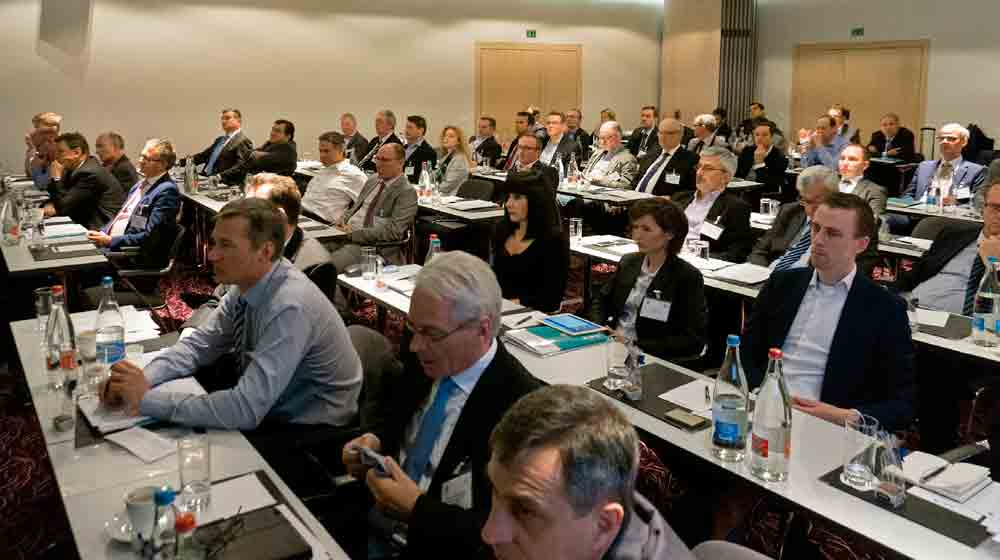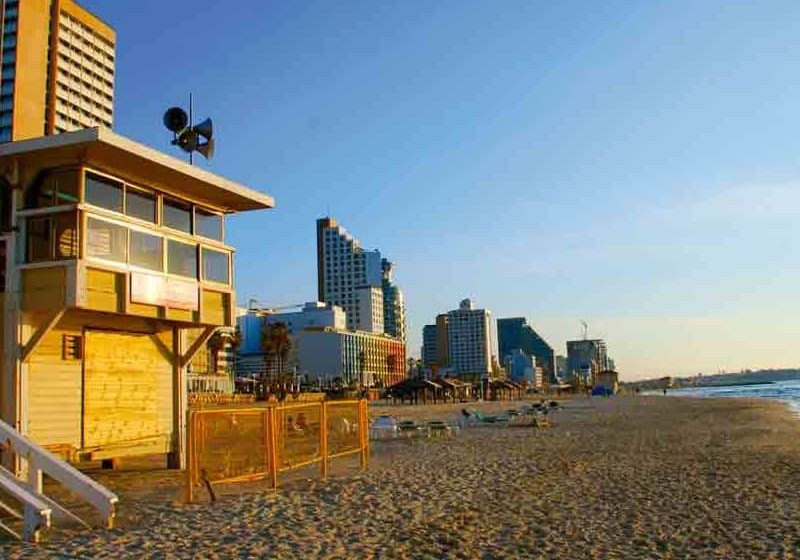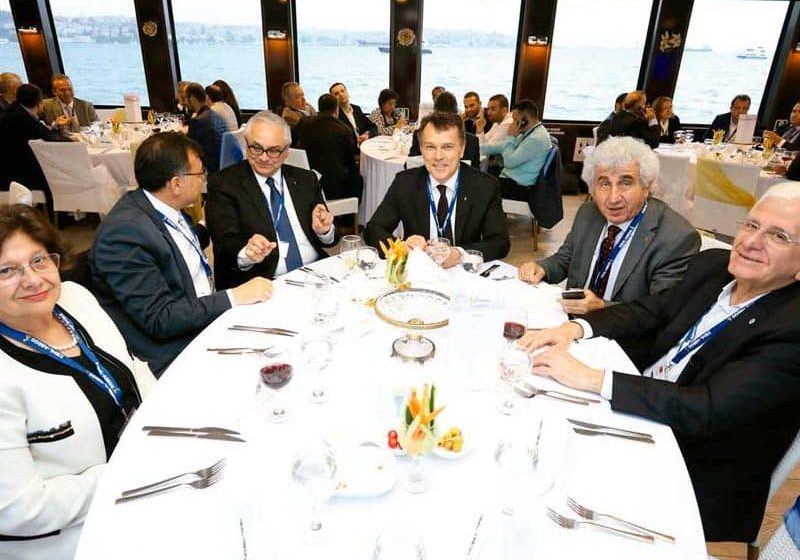European industry discusses technology in Lucerne, Switzerland.
The theme of the 2017 European Lift Association (ELA) Conference, which took place on April 24-25 at the Radisson Blu in Lucerne, Switzerland, was “Lifts and Escalators – Our Part in the Digital World.” The opening statement and welcome was given by Jorge Ligüerre, president, who introduced some of the participants and guests. Ligüerre recommended participants to immerse themselves in the historic Old City and savor the other sights of Lucerne. He continued:
“Speaking about the ‘leitmotiv’ of our conference, which will focus on the part that lifts will play in this digital world, we will see presentations and discussions on the Internet of Things (IoT), an increasingly popular term that is more and more heard in the overlapping worlds of technology and economy. We will also learn more about the practical aspects of this and how our sector is impacted by both technological developments and policy. . . regarding digitization, as well as what our role in practical terms actually is.
“Let us all acknowledge and be proud of the fact that our industry develops, builds, installs and maintains nearly six million lifts around the world. Most of these lifts are new, and more and more of them are connected by digital means. Increasingly, our industry is an integral part of high-tech buildings that are smarter, better and more energy efficient. Lifts are, therefore, not just digital products. They are digital technology solutions that play a central role in helping enable ever-increasingly smart building ecosystems in an increasingly digitized world. . . . Our sector can lead the way in bringing together technology and innovation to meet the requirements of not only some of the world’s smartest buildings, but also in actually helping enable the very concept of smart buildings and making today’s digital world a reality in the IoT.”
Presentations
The first keynote speaker was Dr. Roberto Mastropietro from the University of Applied Sciences and Arts of Southern Switzerland in Lucerne. This presentation focused on key areas of the Internet, mobile communication, IoT and artificial intelligence/robotics. Mastropietro presented the current state of IoT and how the use of “Big Data” is changing the way everyone looks at digital information and its collection. He also looked at the lift system and how it will fit into the ecosystem of the modern building, which could be controlled via IoT, with all the components exchanging information on the macro level, and all the transportation and infrastructure systems exchanging data on the grand level.
Mastropietro explained that the digital impact for lift and escalator companies is, indeed, already here, and these are starting to influence processes around lift companies’ operations and become standard practice. Examples are virtual reality for training technicians and augmented reality to aid service, maintenance and engineering.
Hendrik Derre from Howest then presented on the important issue of data security and IoT, and showed how to ensure the security of the digital interface, as well as management and execution of external control over components and systems, including the lift. Processes and risk management were seen as crucial, with the ISO 27001 being highlighted, along with the recommended use of a cybersecurity framework. The whole area of data security was worrying on many levels, as it was soon clear just how easy it is to gain access to control systems and how vigilant operators need to be regarding data storage and use. In Derre’s closing remarks, he stressed how important it was to keep onsite training current and undergo security and privacy audits, adding, “If in doubt, get expert advice!”
Opening the afternoon session, Frank Thesseling from the Department of Hochschule für Technik und Architektur in Lucerne and CEO of Keoto AG covered the topic of building information modeling (BIM). Specifically, he explained what BIM is and how it is used for lifts, in addition to other digital planning. In Thesseling’s presentation, the future role of paperless designs and digital virtual-reality design tools were considered. The use of 3D printing to realize complicated structures and intricate floor slabs was also demonstrated. Finally, he considered low-carbon typology and what is being designed in Europe.
The whole area of data security was worrying on many levels, as it was soon clear just how easy it is to gain access to control systems and how vigilant operators need to be regarding data storage and use.
Lucio Cocciantelli, ADCO Radio Equipment Directive (RED) chairman, OFCOM (Swiss Federal Office of Communications), Division of Radio Monitoring and Equipment, covered the importance of the RED and outlined the key areas of relevance and requirements for lifts. The evolution of radio and digital technology and its impact were examined. It was clear by the end of the presentation that additional interpretation would be required for the lift and escalator industry.
Last and certainly not least was the presentation by Chairman of ELA’s Tele-Alarms Working Group (WG) Etienne Fattal, who considered the transition from analog to digital phone lines. During this presentation, the status of transformation and how the industry can ensure the efficiency of emergency communications from entrapped passengers were examined. Fattal also noted that, for many lift companies, using a global system for mobile communication gateway (which usually has a controlled backup power supply) seemed the desired solution. However, its cost is an issue, and there needs to be protocol compatibility between the Voice Over Internet Protocol (VOIP) system, network provider and emergency phone being used. Fattal indicated there was an unstoppable transition to VOIP, with telecommunications operators arguing that power backup is the responsibility of the lift companies.
The last two presentations were greatly influential on each other, and this situation was highlighted a number of times in the panel session that closed the congress.
Ordinary General Assembly (OGA)
Ligüerre, along with Robert Wright, the new general secretary, opened the OGA on the next day, April 25. This OGA was significant, as it was the first for Wright as ELA/European Escalator Association (EEA) general secretary. The scrutineer for this 2017 gathering was Thierry Jomard.
The WG reports were first on the agenda, which Ebru Gemici-Loukas started by giving the Statistical Committee report. The working process has been modified to improve the gathering of information, and the results were thought to be more reliable. It was still not complete, and some assumptions still had to be made. Therefore, there is some care needed when using the figures. The results did show some disappointing trends as regards the accident statistics, considering all the work that has been undertaken over the last few years by ELA and the National Lift Associations. It is hoped that some more substantial improvements can be observed in the 2017 figures. Thanks were extended by the president to Gemici-Loukas and the committee for the continuing important work the committee is doing and to the solid improvements made regarding the collection and reliability of the figures.
The Quality, Safety, Environmental and Education Committee work was presented by Christophe Isaac Castiau, and this report covered issues such as education and training, worker safety and the perception of the industry by different stakeholders. Also under consideration by the committee for priority action in 2017 are: the circular economy, clean energy transition, eco design, the Energy Performance of Buildings Directive, safety and sustainability. All these issues and the continuation of initiatives undertaken in 2016 were seen to be vital.
Christian de Mas Latrie then presented the work of the Codes and Standards Committee. This has 20 participants covering representatives from most European countries, plus additional representation from other related WGs. This committee is undertaking integral work as the harmonization of different Lift Directives takes effect, as well as the coming together of European Committee for Standardization (CEN) and International Organization for Standardization (ISO) codes. Much evaluation work is to be undertaken in 2017 about the new Lift Directive and its harmonization with the Machine Directive. This could mean greater involvement for Notified Bodies regarding escalators and moving walks.
It was announced that Dirk De Moor was the new chairman for the communications committee. He reported the 2015-2018 Roadmap initiatives were still on track. However, there would be a new strategic approach for 2017. This would include working on and facilitating promotional material regarding the attractiveness of the industry. De Moor stressed that the production of a video promoting this and the “general goodness” of the industry would be instrumental in attracting young engineering talent. Additionally, the ELA newsletter, like the ELA Annual Report, will be available in both digital and printed formats.
Wolfgang Adldinger, chairman of the Components Committee, stated it had been a very busy year with so many code and product amendments, reclassifications and harmonizations. The committee for 2017 has much of the same work to do, with additional detailed analyses on how EN 81-20/-50 and RED 2014/53/EU will influence components. Adldinger thanked his fellow committee members and said he hoped they would continue the good work throughout the year.
Annual General Meeting (AGM)
The AGM section of the meeting was convened by the president, and the accounts and auditor’s reports were passed by the members without any objections. Jan-Willem de Groot presented the budget and financial overview for 2017, which was basically the same as 2016 but for one large contribution from EEA for special projects. Mention was made of the new ELA offices, which are now occupied but had incurred a few extra expenses and, obviously, the appointment of a new general secretary had resulted in some unforeseen expense. However, it was reported that the cash balances were in good order to ensure secure operational funding.
Ligüerre then announced the winners of the Association of the Year award. He handed the trophy to Daniel Nyman and Charlotte Teglgaard representing Hissfirbundet (Swedish Lift Association) for the great work it did in 2016. Nyman then took the podium and thanked ELA for the award and all the support ELA had given Hissfirbundet.
Following this final official element of the ELA AGM, Ligüerre thanked the ELA team for all its hard work. As a special thanks, he presented a bouquet of flowers to Silvia Glaus of VSA for her help in the event’s organization. Delegates took the opportunity to wish Wright well for the future. Another observation was made about how good it was to see Simon Ullman, the first ELA president, again. It reminded everyone that the founding ideal of one member association per national member country was as true today as it was at the founding.
Get more of Elevator World. Sign up for our free e-newsletter.









